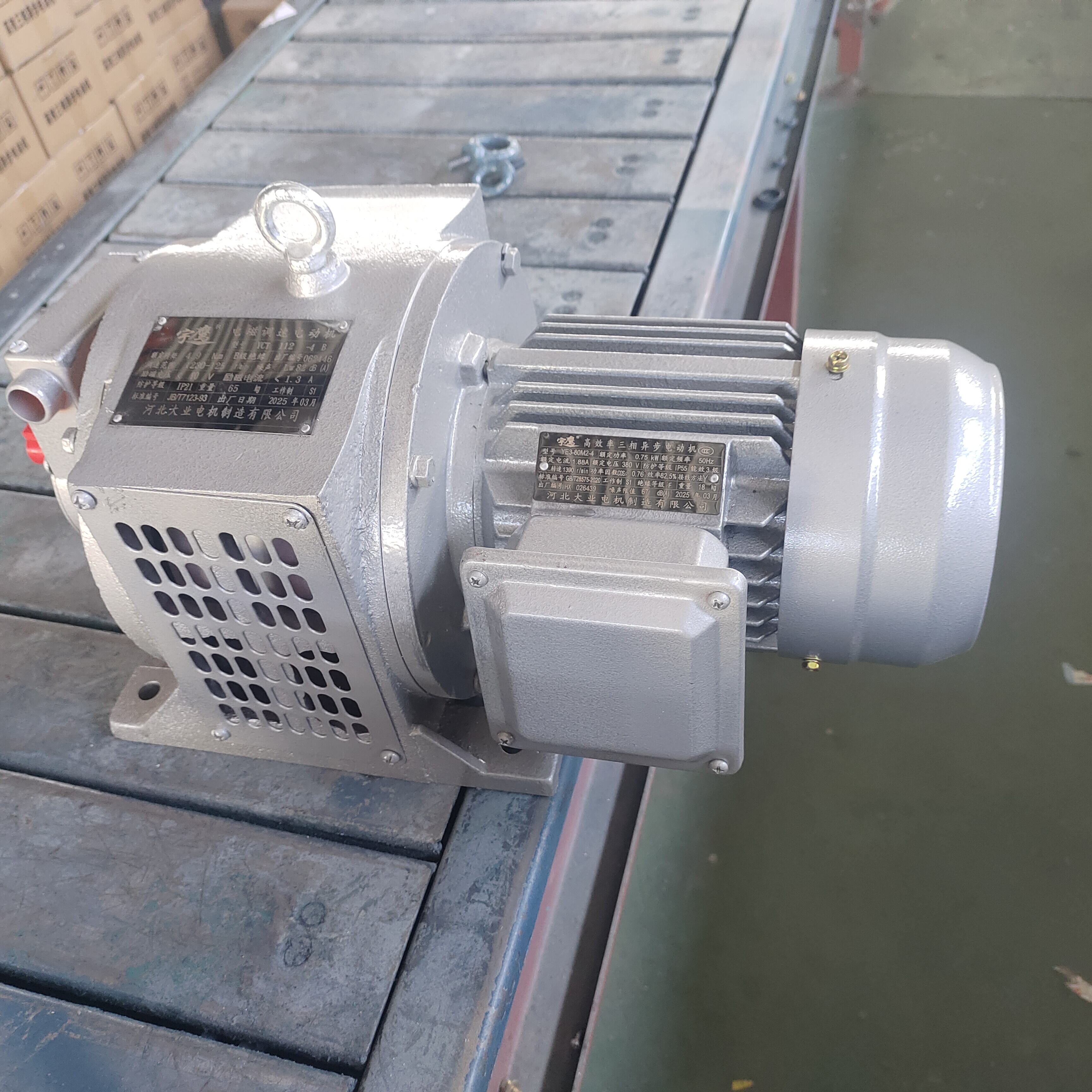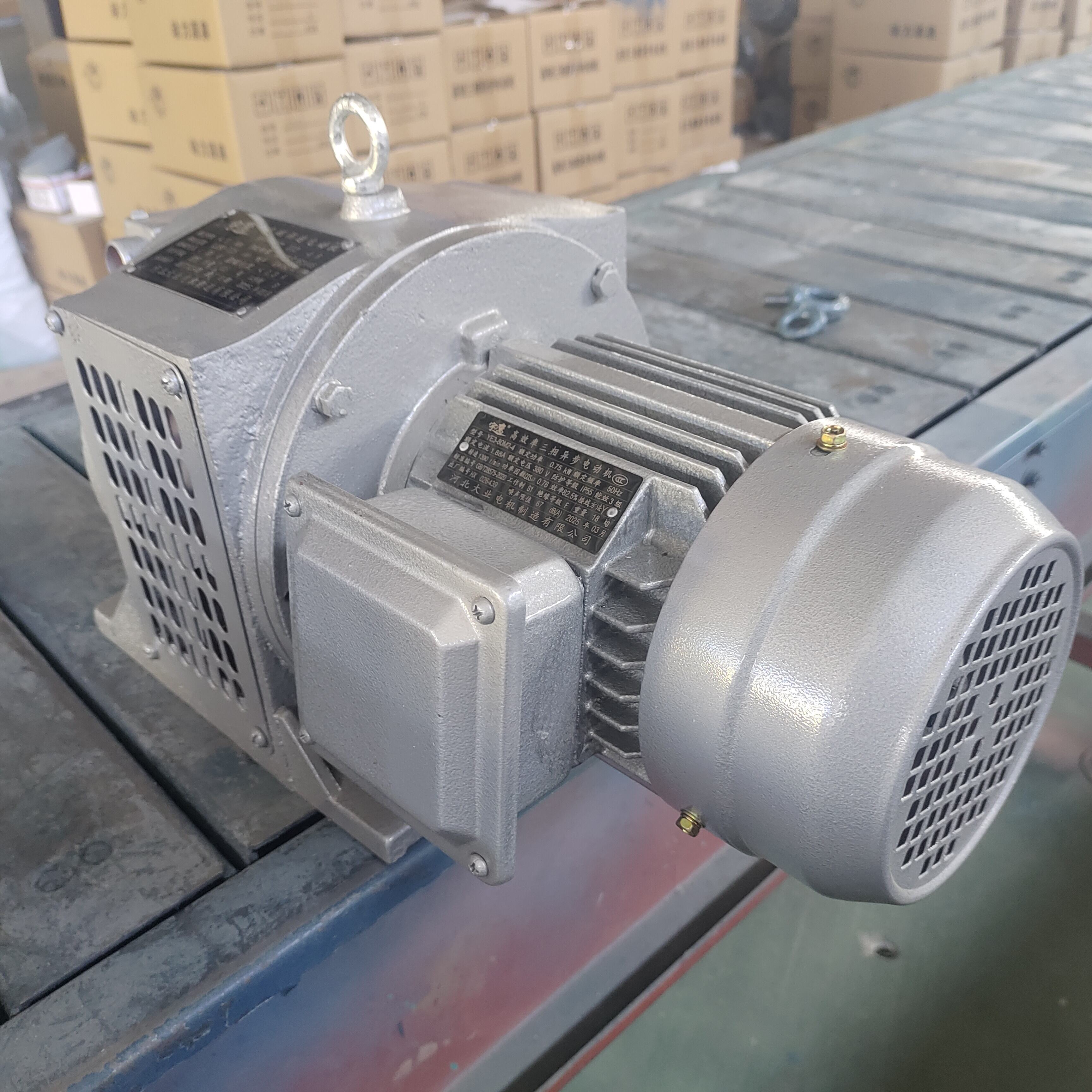Essential Tools for Industrial Motor Troubleshooting
Multimeters and Insulation Testers
In industrial motor troubleshooting, multimeters really shine because they can check voltage, current levels, and resistance all at once. When techs take these readings, they get a good sense of how healthy the motor actually is and what might be going wrong underneath the surface. Problems like short circuits or bad wire connections often show up clearly through these tests. Then there are insulation testers which are just as important for checking if the motor's insulation is still intact. This matters a lot since worn out insulation leads to dangerous electrical faults down the road. Modern multimeters come packed with handy features now too. Many have auto ranging that adjusts itself automatically and some even log data over time. Technicians find these tools incredibly useful when hunting down tricky motor problems before they become major headaches on the production floor.
Thermal Imaging Equipment
Thermal imaging gear works great for spotting problems in industrial motors before they become big issues. When these cameras pick up on hot spots, they basically show where there might be hidden electrical issues or mechanical problems that would normally stay undetected until something breaks down completely. The temperature differences shown on the screen help technicians find parts that are running too hot, something that matters a lot when trying to keep motors performing at their best. Factories that use thermal imaging as part of regular checks tend to see fewer shutdowns and get their maintenance done faster. Real world experience from plant managers shows that making thermal scans part of standard procedure pays off handsomely over time, keeping expensive motor repairs at bay and avoiding those nasty surprise breakdowns during production runs.
Vibration Analysis Tools
Vibration analysis tools play a key role in spotting problems with motors such as when things get misaligned, out of balance, or bearings start failing. By looking at how vibrations behave and what frequencies they produce, these tools help create reference points for normal operation. Technicians can then watch for changes from these baselines over time and fix issues before they become major problems. When we bring machine learning into the mix for vibration analysis, it really takes predictive maintenance to another level. The system starts giving early alerts about possible trouble spots and even suggests what might need fixing. For industrial operations, this kind of tech upgrade makes motors much more reliable because it catches potential breakdowns before they actually happen. Less unexpected downtime means fewer production losses, and motors generally last longer since we catch problems earlier rather than waiting until something breaks down completely.
In conclusion, investing in multimeters, insulation testers, thermal imaging equipment, and vibration analysis tools is vital for maintaining industrial motors. These tools improve diagnostic accuracy, ensure proactive maintenance, and ultimately lead to enhanced operational reliability.
Resolving Industrial Motor Startup Failures
Checking Power Supply and Connections
Getting the right power supply for a motor isn't just important it's absolutely essential if we want to prevent those frustrating startup failures. When there's a voltage mismatch, things go wrong fast either too little voltage leaves the motor struggling, while too much can literally fry internal components. And let's not forget about those electrical connections they need to be rock solid. Loose connections cause voltage drops and random faults that stop motors from starting properly. Industry data shows motors with good connections last way longer than ones neglected over time. That's why regular inspections and tightening loose terminals should be part of every maintenance schedule.
Diagnosing Breaker and Fuse Issues
Circuit breakers and fuses act like guards at the gate for electrical systems, stopping problems before they can wreck motors through overloads or short circuits. Without them, motors would be sitting ducks for serious damage when something goes wrong in the system. When these safety components start acting up, technicians need to check whether they've actually tripped or just plain failed, then reset them manually if possible. Most electricians know that following the National Electrical Code recommendations makes all the difference. Regular checks every few months keep these protective devices working properly so motors don't suffer unexpected downtime. Some facilities even mark their calendars for quarterly inspections to stay ahead of potential issues.

Troubleshooting Contamination Problems
Dust, moisture, and various chemicals often mess with motor operations and shorten their lifespan. When these substances get inside, they wear down parts over time, which affects how well the motor runs and how long it lasts before needing replacement. To keep things running smoothly, many facilities install better seals around motor housings and stick to routine cleaning routines. Industry professionals have observed that keeping motors free from these contaminants leads to better performance overall while cutting down on breakdowns. The bottom line is simple maintenance makes all the difference for motor reliability in manufacturing settings where downtime costs money.
Addressing Industrial Motor Overheating Issues
Overload Conditions and Remediation
Industrial motors tend to overheat mostly because of overload conditions, which happen when the motor runs beyond what it was built for. Catching these problems early on and making changes like adjusting loads or modifying processes helps stop serious damage before it happens. Thermal protection systems are really important here since they cut off electricity when temperatures get too high, protecting the motor from burning out. These safety devices need correct sizing and proper installation though, otherwise they won't work right. Looking at failure data shows that many motor breakdowns actually come from long term overloads, so fixing issues quickly makes all the difference in keeping operations running smoothly.
Ventilation and Cooling System Checks
Cooling systems play a big role in keeping industrial motors from running too hot. Getting enough air moving through those ventilation channels matters a lot if we want to prevent things from melting down. When doing routine maintenance, technicians need to check that fans actually work and aren't clogged with dust bunnies or other junk that builds up over time. Most factory manuals will specify exactly how much airflow each motor needs based on its size and power rating. For instance, a standard 5 horsepower motor might require around 400 cubic feet per minute of fresh air circulation. Sticking to these specs isn't just about following rules it's about keeping equipment running smoothly and avoiding expensive breakdowns later on.
Component Failure Analysis
When industrial motors start showing signs of overheating, running a proper failure analysis becomes really important to find out what's going wrong with parts like windings or bearings. Technicians often use methods such as root cause analysis to dig deeper into why problems happen in the first place. This approach lets them fix what's broken right now while also setting up better maintenance routines down the road. Factory managers know from experience that taking time for detailed failure investigations pays off in the long run. Motors last longer and run smoother because teams learn exactly which components need closer attention during regular checkups, making the whole system more dependable over time.
Fixing Motion Inconsistencies in Industrial Motors
Encoder and Feedback Loop Troubleshooting
Encoders are really important for getting precise motion control in those big industrial motors because they give accurate info about where the motor is positioned and how fast it's spinning. If something goes wrong with this feedback system, motors can start acting all over the place, which messes up everything else in the operation. When dealing with encoder problems, my usual approach starts with checking things out methodically step by step. First I look at connections, then test signals, and so on until we find what's causing the issue.
- Verify that the encoder is properly connected and mounted without any physical damage.
- Use diagnostic tools to check the signal output consistency.
- Recalibrate the encoder settings to match the system's requirements.
As noted in studies relating to industrial performance, addressing these issues can significantly enhance operational efficiency by reducing wasted motion and errors.
Software Configuration Verification
Software configuration is pivotal for the optimal performance of motor control systems. Inaccurate parameter settings or outdated firmware can severely affect motor function. To mitigate these issues, I ensure that the software is configured accurately by:
- Reviewing and adjusting parameter settings as needed.
- Updating the firmware regularly to align with the latest control protocols.
- Conducting compatibility checks with other hardware components to prevent conflicts.
Industry insights suggest that keeping software updated correlates with improved system reliability and heightened motor efficiency.
Load Balancing Techniques
Load balancing is essential when multiple industrial motors are involved. It ensures that no single motor is overworked, preventing premature wear and enhancing efficiency. I adopt various strategies for load balancing, such as:
- Implementing load cells to monitor and distribute loads evenly.
- Adjusting motor speeds based on real-time data to maintain balance.
Case studies have documented that effective load balancing leads to reduced energy consumption and prolonged motor lifespan. This approach not only conserves resources but also minimizes maintenance costs and downtime.
Bearing Wear Diagnosis and Replacement
Strange noises coming from industrial motors usually mean there's something wrong with the bearings. When checking if bearings are wearing out, technicians listen carefully for those telltale grinding or whirring sounds that typically point to damaged components. There are several ways to figure out how bad the wear actually is, like looking at vibrations patterns or using heat sensors to spot hot spots. Getting new bearings installed right away makes all the difference in keeping motors running properly. Waiting too long can spell disaster for equipment, sometimes leading to complete breakdowns that cost thousands to fix. Most plant managers have seen this happen time and again their maintenance logs show quieter machines and smoother operations once worn bearings get swapped out, which proves why regular checks really pay off in the long run.
Alignment Correction Procedures
Getting proper alignment right matters a lot when it comes to keeping industrial motors running smoothly and protecting all those connected parts from unnecessary damage. When things aren't aligned correctly, friction goes up along with energy usage, which naturally cuts down how long these motors last before needing replacement. Most shops fix alignment issues using precision equipment such as laser alignment devices because they offer pretty good accuracy for what needs doing. Technicians typically check alignments during regular maintenance visits, adjusting whatever seems off track so the motor doesn't put extra strain on itself or its components. From what many plant managers report based on actual shop floor experience, motors that stay properly aligned tend to cost less to operate overall since they draw less power and break down far less frequently compared to misaligned ones.
Vibration Source Identification
Finding out where vibrations come from when motors make strange noises is really important for good maintenance work. These vibrations usually happen because things aren't lined up properly, parts have come loose over time, or just plain old wear and tear. But figuring this stuff out takes some methodical checking rather than guessing around. Tools like those fancy dynamic motor analyzers help a lot here since they pick up problems we simply cannot see with our eyes alone. Studies show companies that get serious about tracking down these vibration sources end up saving money on repairs while extending how long their equipment lasts. When manufacturers tackle these root issues before they escalate, plant floors run much smoother overall, which means fewer unexpected breakdowns and happier operators across different industries.
Utilizing Built-in Diagnostics for Fault Resolution
Interpreting Error Codes
Industrial motor error codes are really important when it comes to figuring out what's wrong with equipment because they give pretty specific clues about the actual problem. The most frequent error codes usually point to things like motors getting too hot, strange voltage levels, or bad connections somewhere in the system, all of which can seriously mess with how the motor works. Anyone working on these systems needs to know how to read and understand these codes properly if they want to fix problems quickly. Getting good at this means having access to reliable resources, especially those standard error code databases that have been around for years. These reference materials basically act as roadmaps for troubleshooting, helping techs track down issues step by step and get them fixed before they cause bigger headaches down the line.
Real-time Monitoring Systems
Real time monitoring setups make all the difference when it comes to catching problems in industrial motors before they turn into big headaches. When companies hook these systems up with IoT tech, they get better at gathering and making sense of data which means maintenance gets scheduled just right and fixes happen before things go wrong. Factories across manufacturing sectors have seen their bottom lines improve after installing such monitoring solutions, with some reporting downtime cut by as much as 30%. What makes these systems so effective is how they push decision makers towards relying on actual numbers instead of guesswork. Maintenance teams can spot developing issues early on and respond accordingly, resulting in motors running smoother and lasting longer overall.
Preventive Maintenance Alerts
The built-in diagnostics feature plays a key role in sending out warnings about needed maintenance before motors fail completely. When businesses actually listen to these alerts and schedule their maintenance accordingly, they end up saving money in the long run. Most plants find that regular checkups cut down on unexpected shutdowns and keep their expensive motors running longer than expected. Take manufacturing facilities for example many report cutting repair bills by almost half after implementing proper alert systems. Some even extend motor lifespans by several years just by following those warning signals from the diagnostics system.
FAQ
What tools are essential for troubleshooting industrial motors?
Essential tools include multimeters, insulation testers, thermal imaging equipment, and vibration analysis tools.
How can I prevent motor startup failures?
Ensure the power supply matches motor specifications and check electrical connections regularly to prevent voltage drops.
What causes industrial motor overheating?
Overheating can be caused by overload conditions, inadequate cooling systems, or component failures like worn bearings.
How can I improve motor alignment?
Use precision tools such as laser alignment instruments for accurate alignment and reduce wear on motor components.
Table of Contents
- Essential Tools for Industrial Motor Troubleshooting
- Resolving Industrial Motor Startup Failures
- Addressing Industrial Motor Overheating Issues
- Fixing Motion Inconsistencies in Industrial Motors
- Bearing Wear Diagnosis and Replacement
- Alignment Correction Procedures
- Vibration Source Identification
- Utilizing Built-in Diagnostics for Fault Resolution
- FAQ


